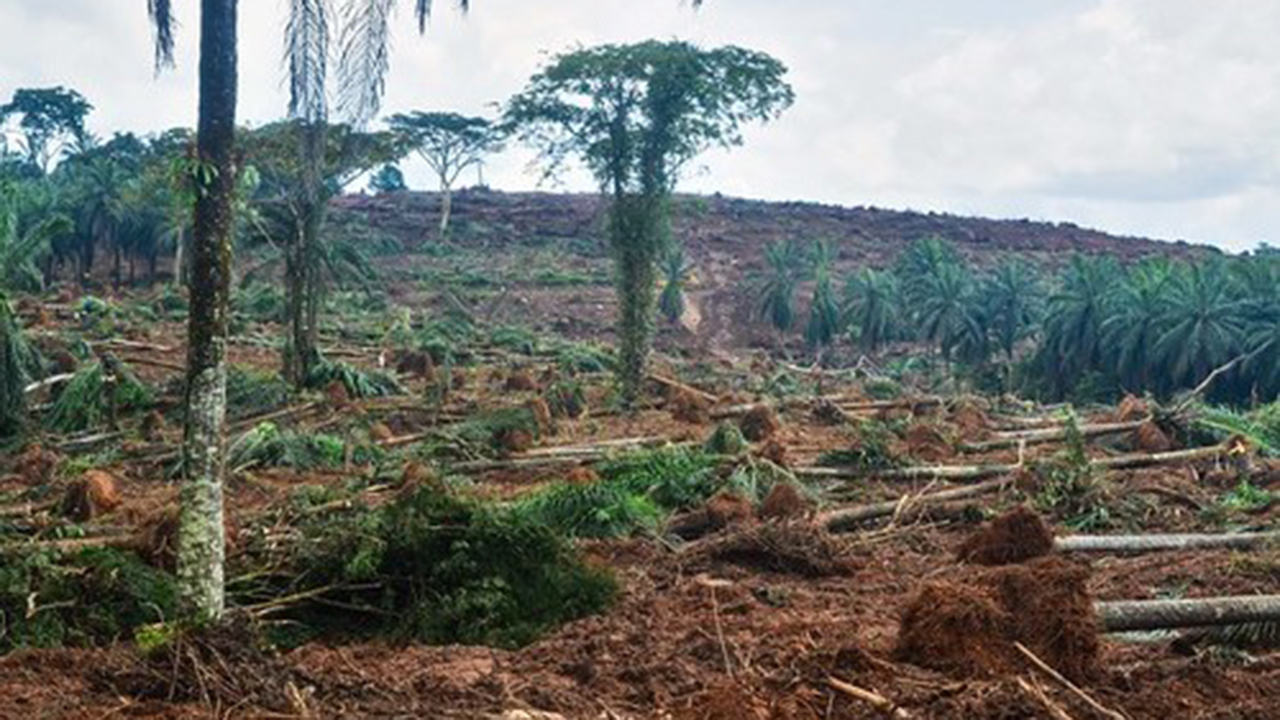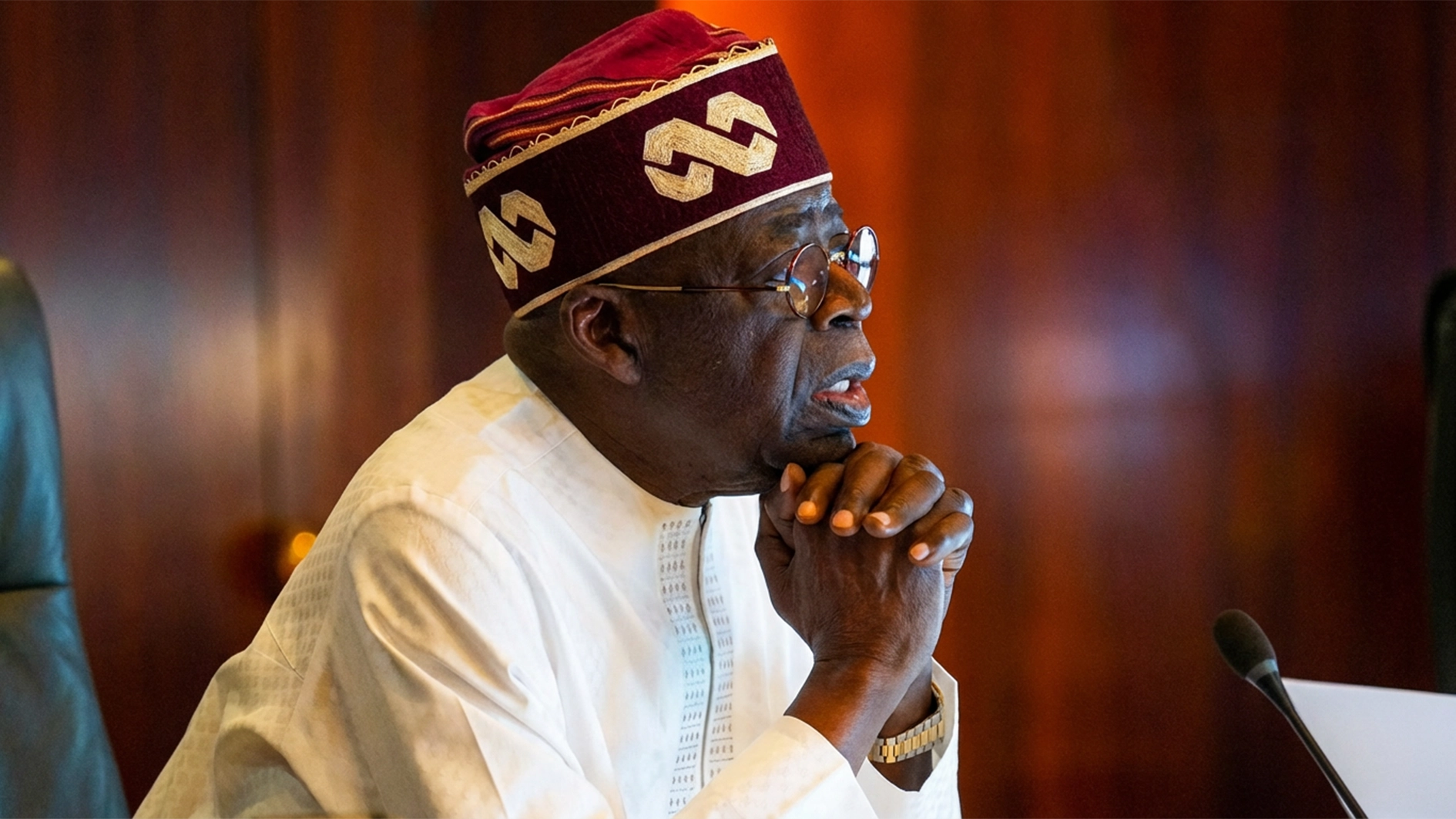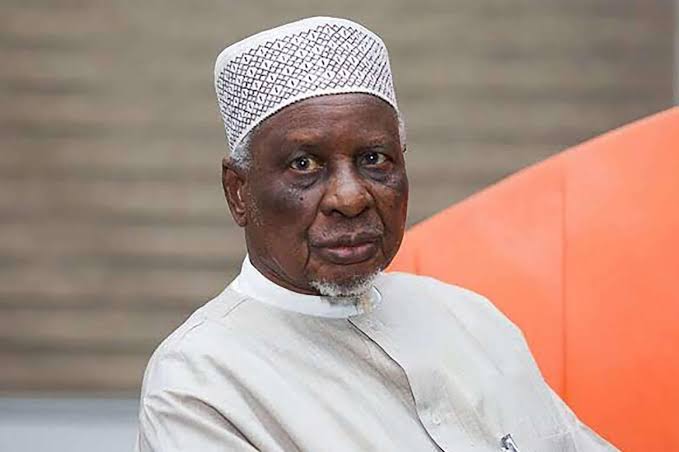
Nigeria may join developing countries that are turning to deals that funnel money to conservation and ease their debt burdens. The deals drive momentum to reshape the financing landscape for developing countries, which have long called for new ways to address their high debt financing costs, and free up money to spend on mitigating the impacts of climate change, writes CHINEDUM UWAEGBULAM.
Nigeria has found itself at a crossroads, where she is grappling with the twin challenges of climate change and mounting debt crisis, but these challenges could be prioritised through a debt-for-nature swap, or debt-for-climate swap actions that would enable the country to combat climate change and attract green investments.
The scheme allows creditors to provide debt relief in return for a government commitment to decarbonise the economy, invest in climate-resilient infrastructure, or protect biodiverse forests or reefs. Swaps could create additional revenue for countries with valuable biodiversity by allowing them to charge others for protecting it, and providing a global public good.
Under the scheme, the World Wide Fund for Nature (WWF) works with the U.S., French, German, Dutch, and other creditor countries to structure foreign debt-for-nature swaps.
According to studies, Nigeria could use debt swaps to free up significant resources, as much as an average of $3.7 billion yearly in the next six years. The country could also use debt-for-climate swaps to offset at least $22.2 billion in the next six years.
Nigeria’s external debt reached $42.7 billion in March 2023, compared with $41.7 billion in the previous quarter, while the Debt Management Office put the country’s total public debt containing the external and domestic debts of the Federal Government, the 36 states, and the Federal Capital Territory at N49.85 trillion ($108.30 billion) for the period ending March 31, 2023, from N46.25 trillion as of December 21, 2022.
The African Development Bank (AFDB), in a 2022 report, urged African countries to explore debt-for-nature swaps. According to the report, “Reducing countries’ debt burdens will not only help to mobilise finance for closing the climate and conservation funding gap, but would also free up resources for public investment in key areas such as education, health, and infrastructure.”
In Africa overall, debt swaps have secured over $135 million in conservation funding and other environmental projects. While these amounts are relatively small in terms of fiscal space, they have provided meaningful financing for conservation projects, for which a government might have otherwise lacked the necessary budget.
It is estimated that only $49 billion is currently spent on biodiversity protection worldwide, with only 6 per cent of it in Africa. This figure demonstrates that protected areas in Africa are underfunded when, according to some sources, the cost of protecting Africa’s wildlife is estimated to be a comparatively modest $1.2 billion yearly.
Recently, Portugal struck a deal to swap Cape Verde’s debts for environmental investments in a fund established by the West African country. Cape Verde, which owes €140 million to Portugal and over €400 million to Portuguese banks, is suffering from rising sea levels and biodiversity loss due to increasing ocean acidity.
However, courtesy of the new deal, the first €12 million debt repayment scheduled until 2025, will be put into the environment and climate fund. Early this year, Zambia got a proposal from the WWF for a debt-for-nature swap worth $13 billion that is currently under re-evaluation.
According to the Zambian government debt data, the country accumulated $31.74 billion by the end of 2021, out of which $17.27 billion is external debt.
Also, Gabon recently closed a $500 million debt-for-nature swap deal, which was arranged by Bank of America that lowers the interest rate on the country’s debt and gives it longer to make repayments. The African nation in turn has promised to spend at least $125 million to widen a marine reserve and strengthen fishing regulations, which could help protect endangered humpback dolphins.
The Federal Government has not hidden its eagerness to exploit the initiative. Ex-President, Muhammadu Buhari in his budget speech last year said: “We will also explore available opportunities in the existing ecosystem of green finance, including the implementation of our Sovereign Green Bond Programme and leveraging debt-for-climate swap mechanisms.”
While former Vice President Yemi Osinbajo also hinted at Nigeria taking the step last year in the United States, where he explained that debt-for-climate swaps are a type of debt swap where bilateral or multilateral debt is forgiven by creditors in exchange for a commitment by the debtor to use the outstanding debt service payments for national climate action programmes.
“Typically, the creditor country or institution agrees to forgive part of a debt, if the debtor country would pay the avoided debt service payment in a local currency into an escrow or any other transparent fund and the funds must then be used for agreed climate projects in the debtor country.”
Chief Economist, Development Bank of Nigeria Plc, Prof. Joseph Nnanna, said debt-for-nature swaps could help fund climate initiatives while addressing Nigeria’s debt crisis. He said: “If the entire eligible debt is successfully swapped, it would generate an average of nearly $300 million annually over the next six years, as seen and reported.
“These funds can be channeled towards achieving our Nationally Determined Contributions (NDC) and promoting green ventures, such as sustainable public transportation of which the country’s NDC submitted in 2021 estimates a financing requirement of $77 billion, from 2021 to 2030 to be able to meet the conditional target of cutting current emissions by 50 per cent before 2030.”
Coordinator of Nigeria Green Bond Programme, James Sule, said: “This is a veritable idea; it is still a work in progress. Though a lot of progress has been made, the required data set needed cannot be said to be completely in place now. The Federal Government has made this a policy matter since the presidential pronouncement in 2021.”
Chief Executive of Centre for the Study of Economies of Africa (CSEA), Chukwuka Onyekwena, said while the concept of debt swaps is not new, its application in the context of climate and development is innovative.
“Through strategic debt-for-development swaps, Nigeria can unlock additional resources of up to $11 billion. These funds, currently tied up in debt obligations, can be redirected towards climate-smart projects and sustainable development initiatives. We can invest in renewable energy projects, improve our infrastructure to withstand the impacts of climate change, and support local communities in adapting to a changing environment,” Onyekwena said.
The Chairman, Board of Directors, Nigerian Environmental Study/Action Team (NEST), Prof. Chinedum Nwajiuba, said: “There are needs for action in our commitments under the Paris Agreement and NDC.
“As you know, Nigeria, in 2021 updated its NDC commitment to an unconditional contribution of 20 per cent below business-as-usual, and a 47 per cent contribution subject to international support by 2030. Nigeria is doing far less than it should be doing in actions necessary for achieving declared targets.
“That, of course, requires funding, whether under the scenario of without assistance, or the scenario of with assistance. If this can be helped in the context of simultaneously addressing Nigeria’s debt challenges, I will vote for that, as far as it does not eventually worsen our debt conditions, and without helping achieve Nigeria’s targets and commitments.”
Former governor of the Central Bank of Nigeria, Mallam Sanusi Lamido, recently emphasised the need for Nigeria to focus on the debt-to-revenue ratio as the only metric to measure national debt burdens. He noted that debt-to-revenue ratios from the last decade have exploded to unsustainable levels, with a rapid population growth rate, which necessitates the need for social policies to be enacted to restrict this growth.
“On the other hand, the debt relief for the green recovery would have a more potent effect if renewable energy materials were manufactured locally. To enable this, fundamental SDG goals such as education, power, and poverty alleviation must be resolved, to forestall the recurrence of debt for Nigeria in the future,” he said.
However, the Deputy Director of the United Nations Environment Programme Africa, Richard Munang, reportedly said that some challenges could limit the reliance on debt-for-climate/nature swaps as a long-term solution for Africa.
“High transaction costs, the need to monitor conservation or climate projects, and the requirement that a debtor country makes a long-term financial commitment,” Munang explained.
“Also coordination among existing creditors is a key hurdle to successfully swapping sufficient and large amounts of debt,” he added.Despite the potential challenges, he noted these deals present an opportunity for countries that cannot prioritise environmental actions due to financing constraints, and where creditors see the value of possible ecological outcomes.






